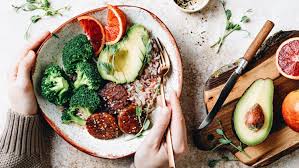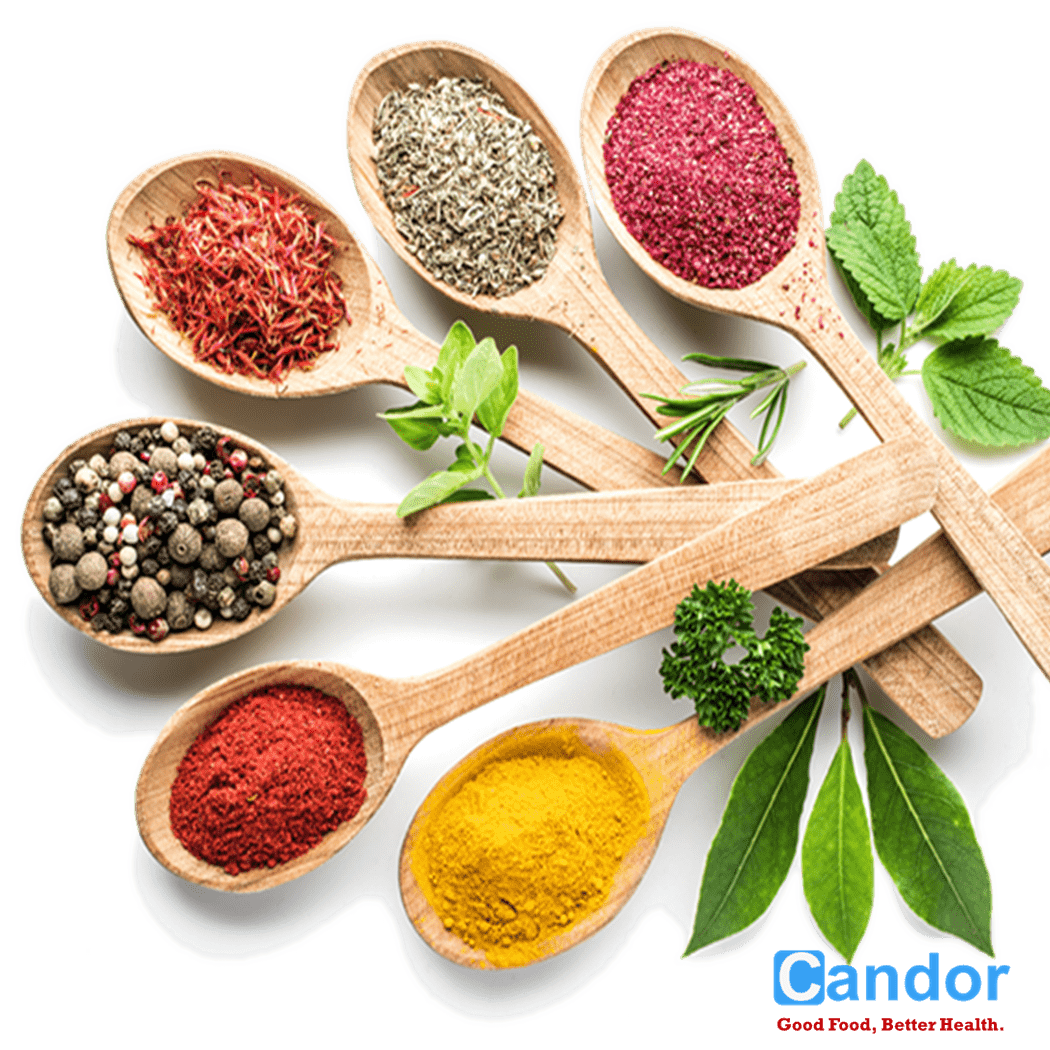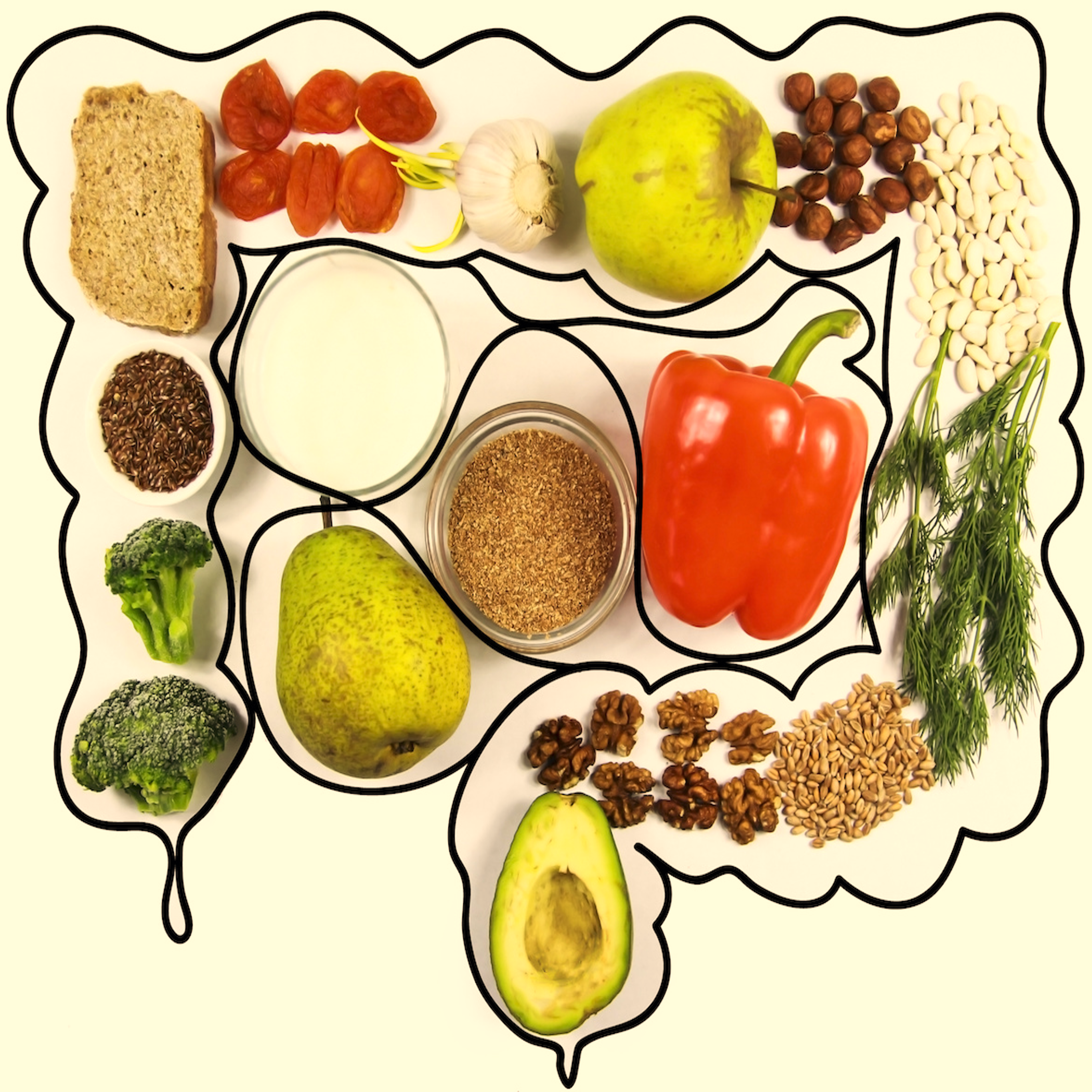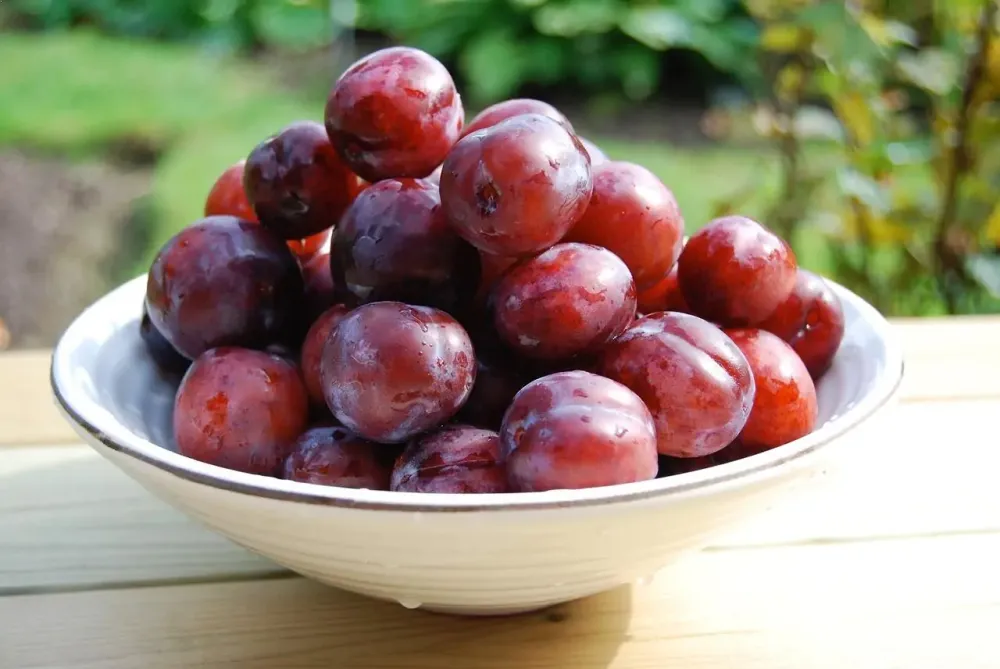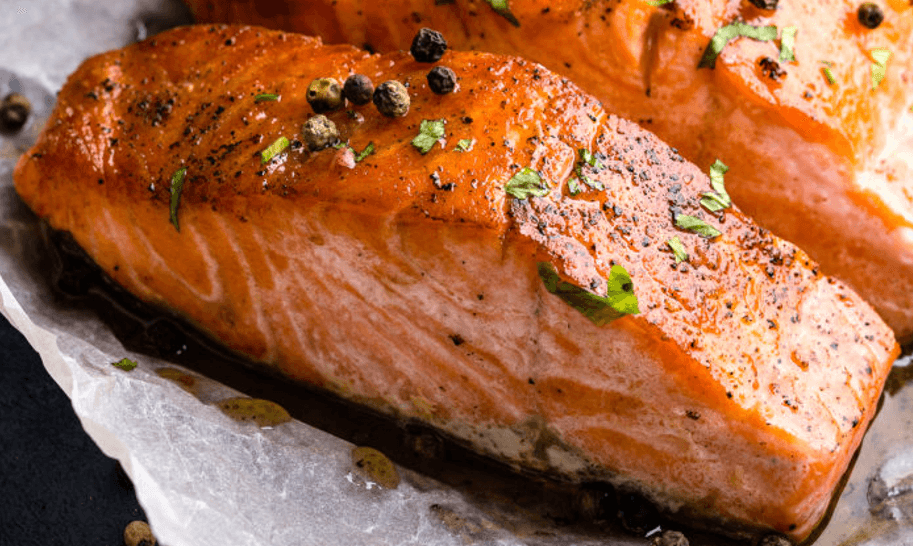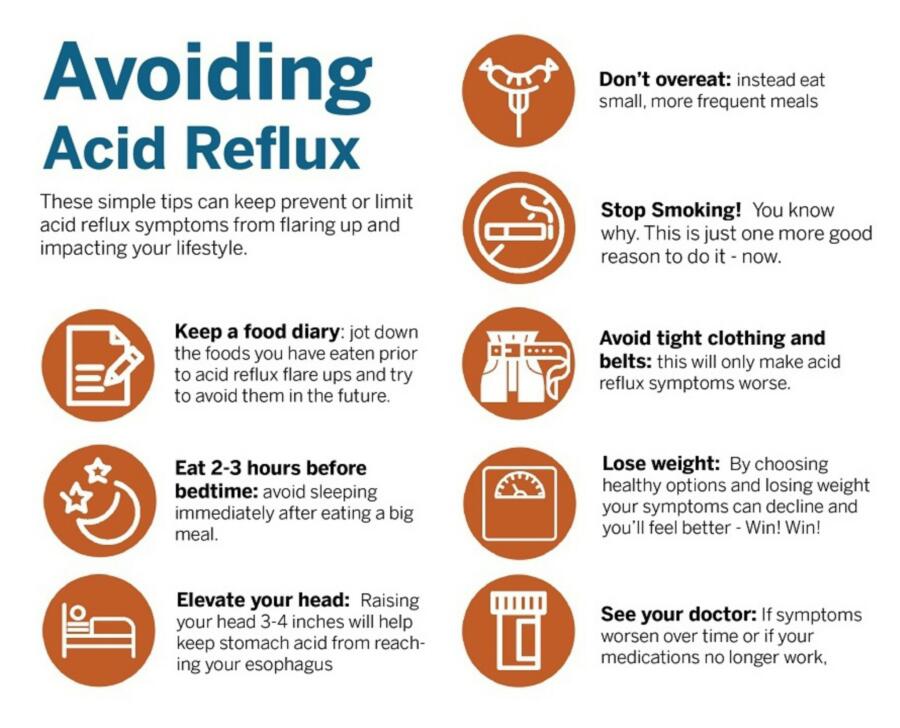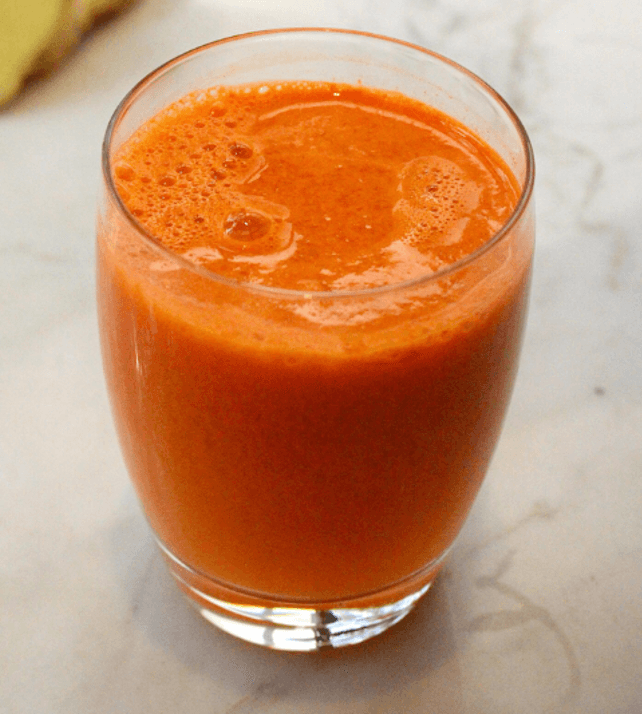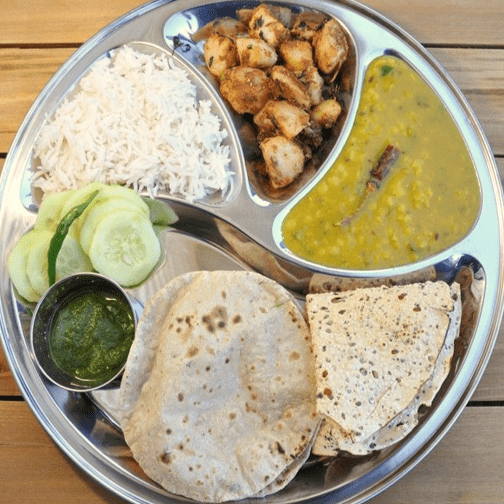Living with Irritable Bowel Syndrome (IBS) can be a challenging journey, often marked by uncomfortable symptoms like bloating, gas, abdominal pain, diarrhea, and constipation. For individuals following an Indian diet, navigating these symptoms while adhering to traditional culinary practices can feel particularly complex. The good news is that managing IBS doesn’t mean giving up the rich flavors and diverse textures of Indian cuisine. Instead, it involves a thoughtful approach to food choices, focusing on an IBS diet plan for Indian diet that respects both your gut health and your cultural heritage.
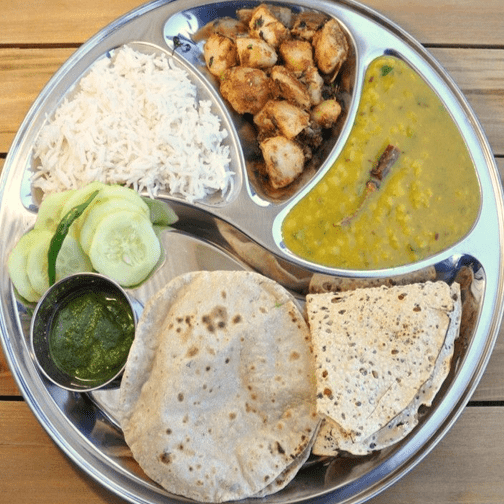
This comprehensive guide is designed to empower you with practical, evidence-based dietary advice, tailored specifically for an Indian palate. We will explore how to identify trigger foods, embrace gut-friendly alternatives, and construct a balanced, delicious IBS diet plan for Indian diet that helps you manage your symptoms effectively and enjoy your meals without distress. Remember, understanding your body and its reactions to food is the first step towards finding relief and improving your quality of life. For an even more comprehensive approach, consider exploring our detailed Indian Diet Plan for IBS, which offers additional insights and recipes.
Understanding IBS and the Role of Diet
Irritable Bowel Syndrome is a chronic gastrointestinal disorder characterized by a group of symptoms that occur together, including recurrent abdominal pain, and changes in bowel movements, which can be diarrhea, constipation, or both. Unlike inflammatory bowel diseases (IBD) like Crohn’s disease or ulcerative colitis, IBS does not cause inflammation or permanent damage to the digestive tract. However, its impact on daily life can be significant, leading to discomfort, stress, and a reduced quality of life.
While the exact cause of IBS remains unknown, factors like gut-brain axis dysfunction, altered gut microbiota, genetics, and stress are believed to play a role. Diet is a primary trigger for many individuals with IBS. Specific foods can exacerbate symptoms, making dietary management a cornerstone of treatment. Adopting an IBS diet plan for Indian diet is not about deprivation, but about smart substitutions and understanding how different ingredients affect your gut. To truly understand how to manage your symptoms, dive deeper into our guide: Manage Your Symptoms With This IBS Guide For An Indian Diet.
The Low FODMAP Approach and Indian Cuisine
What are FODMAPs?
FODMAPs are fermentable oligo-, di-, mono-saccharides, and polyols – a group of short-chain carbohydrates that are poorly absorbed in the small intestine. When these carbohydrates reach the large intestine, they can draw water into the bowel and are rapidly fermented by gut bacteria, producing gas. This process can lead to bloating, pain, and altered bowel habits in sensitive individuals with IBS. The low FODMAP diet, developed by Monash University, is an evidence-based approach that involves restricting high FODMAP foods temporarily, then reintroducing them systematically to identify personal triggers.
The low FODMAP diet has shown significant success in reducing IBS symptoms for many people. However, translating this Western-developed diet into an Indian context requires careful consideration, as many staple Indian ingredients are high in FODMAPs. This is where a specialized IBS diet plan for Indian diet becomes invaluable, offering cultural relevance while addressing dietary sensitivities.
Adapting Low FODMAP to Indian Eating Habits
Adapting the low FODMAP diet for Indian cuisine involves identifying common high FODMAP ingredients in traditional dishes and finding suitable low FODMAP alternatives. This means scrutinizing everything from spices and vegetables to pulses and flours. For instance, garlic and onion, ubiquitous in Indian cooking, are high FODMAP and often need to be limited or replaced with alternatives like asafoetida (hing) in small amounts, or green parts of spring onions.
The goal is not to eliminate all beloved Indian foods but to modify recipes and ingredient choices to make them gut-friendly. This adaptation ensures that you can still enjoy the rich culinary heritage without triggering IBS symptoms, making your IBS diet plan for Indian diet both effective and enjoyable. It’s important to remember that individual tolerance varies greatly, so what one person can tolerate, another may not. While diet is a major factor, understanding the top 10 causes or triggers for IBS can provide a holistic view of your condition.
IBS-Friendly Indian Foods: What to Embrace
Grains and Flours
Choosing the right grains and flours is foundational for an IBS diet plan for Indian diet. While wheat, a staple in many Indian breads like roti and naan, is high in FODMAPs due to its fructan content, there are several excellent low FODMAP alternatives. These alternatives can help you enjoy your meals while minimizing gut discomfort.
- Rice: White rice, brown rice, and basmati rice are generally well-tolerated and form a safe base for many meals. They are naturally low in FODMAPs and easily digestible.
- Ragi (Finger Millet): This nutrient-dense millet is naturally gluten-free and low FODMAP, making it an excellent choice for rotis or porridge.
- Jowar (Sorghum): Another gluten-free and low FODMAP millet, jowar flour can be used to make rotis or bhakris.
- Bajra (Pearl Millet): Similar to ragi and jowar, bajra is a good low FODMAP alternative for flours.
- Quinoa: While not traditionally Indian, quinoa is a versatile, complete protein, gluten-free, and low FODMAP grain that can be incorporated into various dishes.
Experimenting with these flours can open up a world of possibilities for your IBS diet plan for Indian diet, allowing you to create delicious and gut-friendly versions of your favorite Indian breads and dishes.
Proteins: Pulses, Dairy, and Non-Vegetarian Options
Protein sources are vital for a balanced diet, and with IBS, careful selection is key. Many traditional Indian pulses can be high in FODMAPs, but there are suitable alternatives.
- Low FODMAP Pulses: Moong dal (split yellow lentils) and masoor dal (red lentils) are often better tolerated, especially in smaller portions and after thorough soaking and cooking. Chana dal and rajma are typically high FODMAP and should be approached with caution.
- Dairy Alternatives: Lactose, found in milk and many dairy products, is a common IBS trigger. Opt for lactose-free milk, yogurt, and paneer. Hard cheeses are naturally low in lactose and can be enjoyed in moderation. Ghee (clarified butter) is lactose-free and a great cooking fat.
- Non-Vegetarian Options: Lean meats like chicken, fish, and eggs are naturally low in FODMAPs and excellent protein sources. Ensure they are cooked without high FODMAP ingredients like onion or garlic.
By making these mindful choices, you can ensure adequate protein intake without exacerbating your IBS symptoms, making your IBS diet plan for Indian diet nutritious and satisfying.
Vegetables and Fruits
Vegetables and fruits provide essential vitamins, minerals, and fiber. Selecting low FODMAP varieties is crucial for managing IBS.
- Low FODMAP Vegetables: Embrace vegetables like spinach, carrots, green beans, bell peppers (red, yellow, orange), potatoes, sweet potatoes, zucchini, bottle gourd, ridge gourd, pumpkin, and brinjal (eggplant). Green parts of spring onions and chives can add flavor without the FODMAP load of regular onions.
- Low FODMAP Fruits: Berries (strawberries, blueberries), bananas (firm, unripe), oranges, grapes, cantaloupe, and kiwi are generally well-tolerated. Limit portion sizes, as even low FODMAP fruits can trigger symptoms if consumed in excess.
These colorful and nutrient-rich options can form the backbone of your meals, adding flavor and texture without causing digestive distress. This selection helps create a vibrant and diverse IBS diet plan for Indian diet.
Fats, Oils, Spices, and Herbs
Fats and oils are essential for cooking and flavor in Indian cuisine. While they don’t contain FODMAPs, some fats can trigger symptoms if consumed in large quantities. Opt for healthy fats in moderation, such as ghee, olive oil, and coconut oil. These provide richness without adding to the FODMAP burden.
Spices and herbs are the heart of Indian cooking, and many are IBS-friendly. Turmeric, cumin, coriander, ginger, cardamom, mustard seeds, and curry leaves are generally well-tolerated. As mentioned, asafoetida (hing) can be used in small amounts as an onion/garlic substitute. Always test new spices in small quantities to assess your personal tolerance. These ingredients ensure your IBS diet plan for Indian diet remains flavorful and exciting.
Foods to Limit or Avoid with IBS in an Indian Context
Identifying and limiting high FODMAP foods is a cornerstone of managing IBS. Many common Indian ingredients fall into this category, requiring careful modification or temporary exclusion from your IBS diet plan for Indian diet.
High FODMAP Grains and Pulses
While some grains are safe, others can be problematic. Wheat, found in common Indian breads like roti, paratha, and naan, is high in fructans. Minimizing or avoiding these, especially during the elimination phase, is often necessary. Similarly, certain pulses are high in galactooligosaccharides (GOS).
- Grains to Limit: Wheat-based products (roti, naan, paratha, maida, sooji).
- Pulses to Limit: Chana dal (chickpeas), rajma (kidney beans), urad dal (black gram), and to some extent, even larger portions of moong dal and masoor dal can be problematic for some individuals.
If you’re unsure about specific trigger foods, our guide on Do You Know the Common IBS Trigger Foods? can offer further clarity on what to look out for.
High FODMAP Vegetables and Fruits
Many beloved Indian vegetables and fruits are high in FODMAPs and can trigger symptoms.
- Vegetables to Limit: Onion, garlic (main culprits!), cauliflower, cabbage, mushrooms, asparagus, sweet corn (large amounts).
- Fruits to Limit: Mango, watermelon, apples, pears, cherries, plums, and dried fruits.
It’s important to remember that portion sizes matter. Sometimes a small amount of a high FODMAP food might be tolerated, but a larger serving could cause symptoms. Always reintroduce with caution.
Dairy, Nuts, and Sweeteners
Lactose in dairy products is a common issue for many with IBS. Full-fat milk, regular yogurt, and soft cheeses can be problematic. While paneer is a staple, traditional paneer contains lactose; look for lactose-free versions or make your own with lactose-free milk.
Certain nuts, like cashews and pistachios, are high in FODMAPs. Almonds can be tolerated in small portions (10-15 nuts). Sweeteners like honey, agave nectar, and high-fructose corn syrup are also high FODMAP and should be avoided. Artificial sweeteners like xylitol and sorbitol are polyols and can also cause digestive distress.
Sample IBS-Friendly Indian Meal Plan
Creating a balanced and delicious IBS diet plan for Indian diet doesn’t have to be daunting. Here’s a sample meal plan that incorporates low FODMAP ingredients and traditional Indian flavors. This plan serves as a starting point and can be customized based on your individual preferences and tolerances.
Breakfast
Start your day with something light yet fulfilling. A simple ragi porridge made with lactose-free milk or water, sweetened with a small amount of maple syrup, and topped with a few blueberries, is a great option. Alternatively, you could have jowar or ragi roti with a mild vegetable curry made with spinach and potatoes, avoiding onion and garlic. Eggs, prepared as an omelet or scrambled with chives and bell peppers, are another excellent, protein-rich choice.
Lunch
For lunch, consider a bowl of plain white or brown rice with a generous serving of moong dal, cooked simply with turmeric, cumin, and a touch of asafoetida instead of onion and garlic. Pair this with a stir-fried vegetable dish using low FODMAP vegetables like carrots, green beans, and bell peppers. A simple salad with lettuce, cucumber, and a lemon-oil dressing can also be included. This combination offers a balanced meal with fiber, protein, and complex carbohydrates, fitting perfectly into your IBS diet plan for Indian diet.
Dinner
Dinner can be similar to lunch, perhaps alternating the type of dal or vegetable. A light vegetable pulao made with basmati rice and low FODMAP vegetables like peas (small portion) and carrots, flavored with whole spices like cardamom and cinnamon, is a good option. You could also have grilled chicken or fish seasoned with ginger and turmeric, served with a side of sautéed spinach. Ensure all dishes are prepared without high FODMAP spices or ingredients. This thoughtful selection allows for variety while adhering to the principles of an IBS diet plan for Indian diet.
Snacks
Mid-morning or evening snacks are crucial for managing hunger and maintaining energy levels. Opt for simple, low FODMAP choices. A small banana, a handful of grapes, or a few almonds are good fruit and nut options. Rice cakes with a thin spread of peanut butter (check for no high FODMAP additives) or a small bowl of lactose-free yogurt can also be satisfying. Herbal teas like peppermint or ginger tea are excellent for soothing the gut and can be enjoyed between meals. Speaking of drinks, understanding What To Drink With IBS is just as important as what to eat.
Tips for Managing IBS While Enjoying Indian Cuisine
Beyond specific food choices, adopting certain lifestyle and eating habits can significantly improve IBS symptoms, making your IBS diet plan for Indian diet even more effective. These practical tips integrate seamlessly into daily life and support overall digestive health.
Mindful Eating and Portion Control
Eating slowly and mindfully can aid digestion and prevent overeating, which can trigger IBS symptoms. Pay attention to your body’s hunger and fullness cues. Chewing your food thoroughly breaks it down mechanically, making it easier for your digestive system to process. Practicing portion control, especially with potentially problematic foods, can also help you determine your individual tolerance levels without causing severe reactions.
Hydration
Staying adequately hydrated is crucial for digestive health. Water helps soften stool and facilitates smooth bowel movements, which is particularly important for those experiencing constipation-dominant IBS. Aim to drink plenty of plain water throughout the day. Herbal teas like peppermint or ginger can also be soothing for the gut. Avoid sugary drinks, carbonated beverages, and excessive caffeine or alcohol, as these can often exacerbate IBS symptoms.
Cooking Methods
The way you prepare your food can impact its digestibility. Gentle cooking methods like steaming, boiling, and baking are often preferred over deep-frying or excessive oil usage. When sautéing, use small amounts of low FODMAP oils like ghee or olive oil. Slow cooking pulses after thorough soaking can also make them easier to digest, even for those with sensitivities. Experiment with different methods to find what works best for your gut within your IBS diet plan for Indian diet.
Keeping a Food and Symptom Diary
A food and symptom diary is an invaluable tool for identifying your personal triggers. For a few weeks, meticulously record everything you eat and drink, along with any IBS symptoms you experience (bloating, pain, gas, changes in bowel habits). This detailed log can reveal patterns and help you pinpoint specific foods or ingredients that consistently cause discomfort. This personalized insight is critical for refining your IBS diet plan for Indian diet and tailoring it to your unique needs. Try the Candor app, which lets you log meals, symptoms, and habits with your voice — and instantly generates insights based on your data. Download on the App Store / Google Play
When to Seek Professional Help
While an IBS diet plan for Indian diet can significantly alleviate symptoms, it’s essential to recognize when professional medical advice is needed. If your symptoms are severe, persistent, or worsen despite dietary changes, consult a healthcare professional. A doctor or a registered dietitian specializing in gut health can provide a proper diagnosis, rule out other conditions, and offer personalized guidance. They can help you navigate the low FODMAP diet safely and effectively, ensuring you receive adequate nutrition.
Furthermore, if you experience alarming symptoms such as unexplained weight loss, blood in your stool, persistent fever, or anemia, seek immediate medical attention. These symptoms are not typical of IBS and may indicate a more serious underlying condition. Always prioritize your health and well-being by consulting with qualified professionals.
Conclusion
Managing Irritable Bowel Syndrome while enjoying the rich and diverse flavors of Indian cuisine is entirely achievable with a well-structured IBS diet plan for Indian diet. By understanding the principles of the low FODMAP approach and adapting them to traditional ingredients, you can make informed choices that soothe your gut and enhance your quality of life. Embracing low FODMAP grains, selected proteins, and gut-friendly fruits and vegetables, while being mindful of common triggers like onion, garlic, and certain pulses, forms the cornerstone of this plan.
Remember that this journey is highly personal, requiring patience, observation, and a willingness to experiment. Utilizing tools like food diaries, practicing mindful eating, and focusing on gentle cooking methods will further empower you in managing your symptoms. Do not hesitate to seek guidance from a healthcare professional or a dietitian specializing in IBS, as their expertise can provide invaluable support. With this comprehensive guide, you are now equipped to create a delicious, nutritious, and gut-friendly IBS diet plan for Indian diet that allows you to savor the vibrant tastes of India without discomfort.

